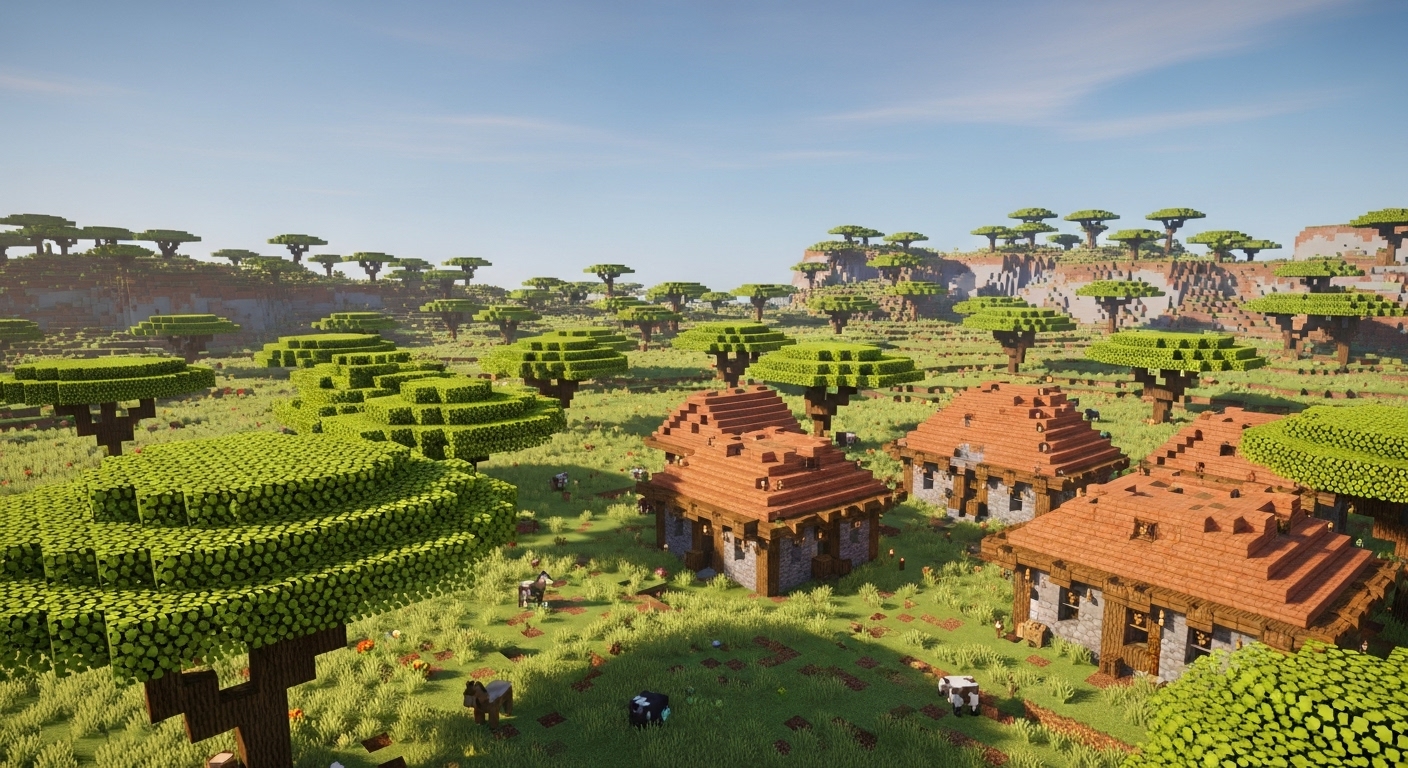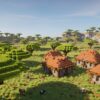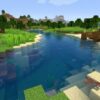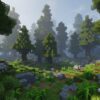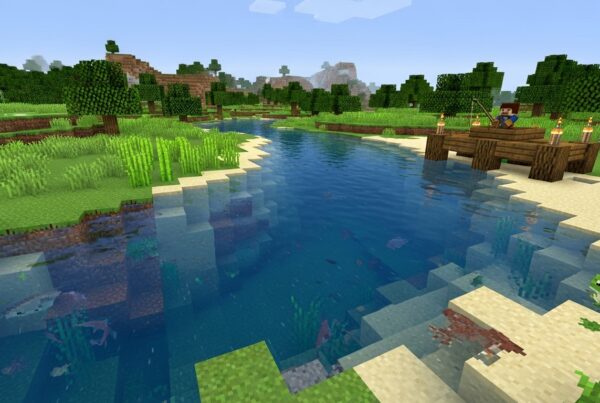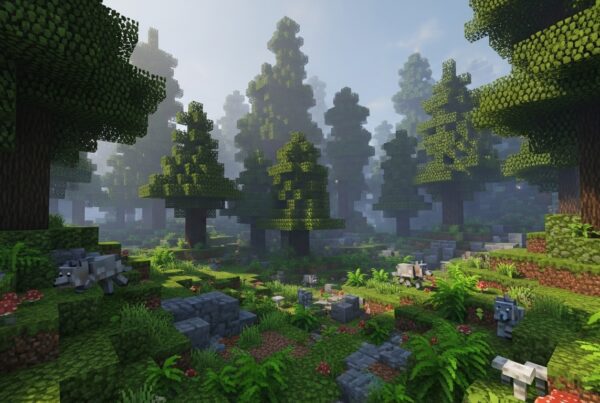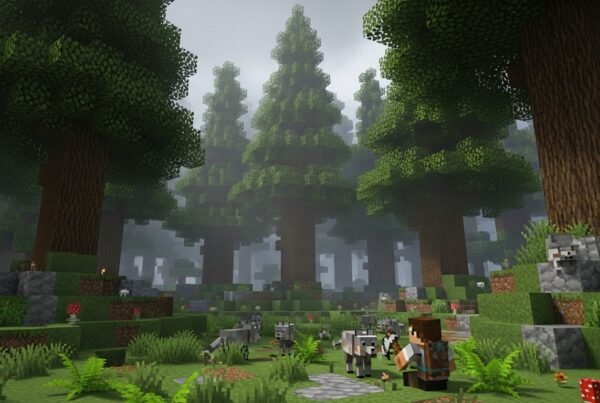The Savanna biome in Minecraft is one of the game’s most distinctive and beginner-friendly landscapes. Known for its golden grass, acacia trees, and villages made of orange-toned wood, the Savanna offers a warm, dry environment that’s both resource-rich and perfect for building.
Whether you’re starting a new survival world or hunting for the perfect build location, this guide covers everything you need to know about the Savanna biome — from how to find one and what resources it holds to key survival strategies and design tips.
How to Find a Savanna Biome
Savannas typically generate in warm Overworld regions, often bordering Deserts, Plains, or Badlands biomes. Their tall acacia trees and yellow-green grass make them easy to recognize from a distance.
Quick ways to locate a Savanna biome:
- Look for acacia trees with gray bark and flat, umbrella-shaped canopies.
- Use the /locate biome minecraft:savanna command in Creative Mode or with cheats enabled.
- Search near deserts and plains — they often share borders with Savannas.
Savannas are relatively common and can usually be found within a few thousand blocks of spawn. Their dry climate means you’ll never experience rain or thunderstorms here — a small but convenient perk for outdoor builders.
Savanna Biome Variants
There are three main variants of the Savanna biome, each offering unique terrain and challenges.
| Variant | Terrain Type | Common Structures | Difficulty Level |
|---|---|---|---|
| Savanna | Flat plains with scattered acacia trees | Villages | Easy |
| Savanna Plateau | Elevated terrain with fewer trees | None | Easy–Moderate |
| Windswept (Shattered) Savanna | Steep cliffs, sharp ridges, exposed stone | Pillager Outposts | Moderate–Hard |
Savanna Plateau
Higher elevation and scenic views make the Savanna Plateau a beautiful spot for building elevated bases. However, water can be scarce, so bringing water buckets is smart when exploring or farming here.
Windswept Savanna (Shattered)
This rare variant is breathtaking but dangerous. With towering cliffs, floating islands, and unpredictable terrain, it’s perfect for adventurous players looking for a challenge. Just be careful — fall damage is a real threat, and villages rarely spawn here.
Climate and Environment
The Savanna biome is hot and dry, with:
- Temperature: 1.2 (warm climate)
- Rainfall: None — rain and snow never occur
- Grass and foliage color: Olive-green to golden yellow (#bfb755)
- Sky color: Bright and clear year-round
Because it never rains, lightning and thunderstorms won’t strike here — making it a safe biome for redstone builds and flammable structures.
Key Features and Resources
The Savanna offers abundant natural materials and useful passive mobs, making it one of the most resource-efficient biomes in the game.
Common Resources
- Acacia Trees: Source of acacia logs and saplings; their orange planks are popular for modern or desert-themed builds.
- Grass and Tall Grass: Harvest for wheat seeds to start farms.
- Animals: Cows, sheep, pigs, chickens, horses, donkeys, and sometimes llamas (in plateau variants).
- Villages: Commonly found and filled with crops, villagers, and loot.
Because of its open terrain and access to both food and wood, the Savanna is an excellent starter biome for new worlds.
Mobs in the Savanna
Daytime in the Savanna is peaceful, with passive mobs roaming freely. At night, you’ll encounter standard hostile mobs, so proper lighting is key.
Passive Mobs
- Horses and donkeys (great for travel)
- Cows, pigs, sheep, chickens
- Llamas (occasionally in plateau variants)
Hostile Mobs (Night)
- Zombies, skeletons, spiders, creepers
- Endermen (rare but possible)
Because of its wide-open landscape, it’s easier to spot enemies from a distance, though it’s wise to build fences or torches around your base.
Structures and Loot
Villages
Savanna villages are some of the most distinct in Minecraft. Their buildings feature acacia wood, terracotta, and orange roofs, blending naturally with the landscape.
What you’ll find in Savanna villages:
- Crops: Wheat, carrots, and beetroot
- Loot chests: Bread, emeralds, armor, and crafting materials
- Villagers: Useful for trading tools, food, and enchanted items
Pillager Outposts
Occasionally spawn near or within Savannas, adding an element of danger — but also opportunities for loot and adventure.
Pro tip: Conquering an outpost can grant you a crossbow, ominous banner, and the Bad Omen effect, which can trigger raids at nearby villages.
Other Structures
- Ruined Portals — often spawn near Savannas, providing obsidian and gold loot.
- Desert Temples — can appear just beyond the border in nearby desert regions.
Version and Platform Notes
- Introduced: Minecraft Java Edition 1.7
- Biome ID: minecraft:savanna
- Available in: Both Java and Bedrock Editions
- Windswept Savanna added during biome overhaul updates (1.14–1.18 range).
While world generation can vary slightly between versions, the biome’s appearance and core resources remain consistent.
Survival and Building Tips
Survival Tips
- Build near a village: Easy access to food, beds, and trades.
- Harvest acacia wood early: Unique color for creative builds and tools.
- Bring water buckets: Lakes and rivers are rare in higher plateaus.
- Use horses and donkeys: Perfect for fast travel across the open plains.
- Light up your surroundings: Prevent mobs from spawning on flat ground.
Building Inspiration
The warm tones and open terrain make Savannas perfect for:
- Safari or savannah-themed bases
- Ranches, stables, and farms
- African-style villages or sandstone-acacia blends
- Redstone factories and farms on flat ground
Design Tip: Mix acacia wood with dark oak, terracotta, or copper for stylish contrast.
Things to Watch Out For
Even this peaceful biome has its quirks. Here’s what to watch out for — and how to deal with it:
| Challenge | Description | Solution |
|---|---|---|
| Tall grass | Makes spotting mobs harder | Clear around your base or replace with slabs/paths |
| Scarce water | Plateau regions often dry | Carry water buckets and build wells |
| Bright acacia color | May clash with some palettes | Mix with oak or terracotta for balance |
| Pillager outposts | Can spawn nearby | Build defenses and avoid until geared up |
| Steep cliffs (Windswept) | Risk of fall damage | Use ladders, railings, or elytra for navigation |
These small adjustments make life in the Savanna much easier and safer.
Savanna vs. Similar Biomes
| Feature | Savanna | Plains | Desert |
|---|---|---|---|
| Trees | Acacia | Oak | None |
| Villages | Common | Common | Common |
| Climate | Warm, dry | Temperate | Hot, arid |
| Rain | Never | Frequent | None |
| Unique Mobs | Horses, llamas | Horses | Husks |
The Savanna bridges the gap between the lush Plains and the harsh Desert, offering a balance of resources, color, and exploration potential.
Conclusion
The Minecraft Savanna biome is more than just a patch of dry grass — it’s a thriving environment full of life, resources, and opportunity. With no rain, abundant acacia wood, and frequent villages, it’s one of the best places for players who want a stable start or a creative build site.
Whether you’re trading with villagers, taming horses, or constructing your dream base, the Savanna offers a warm and inviting home in Minecraft’s vast world.
If you’re ready for your next adventure, explore nearby Desert, Plains, or Badlands biomes — each one brings its own unique challenges and rewards.
